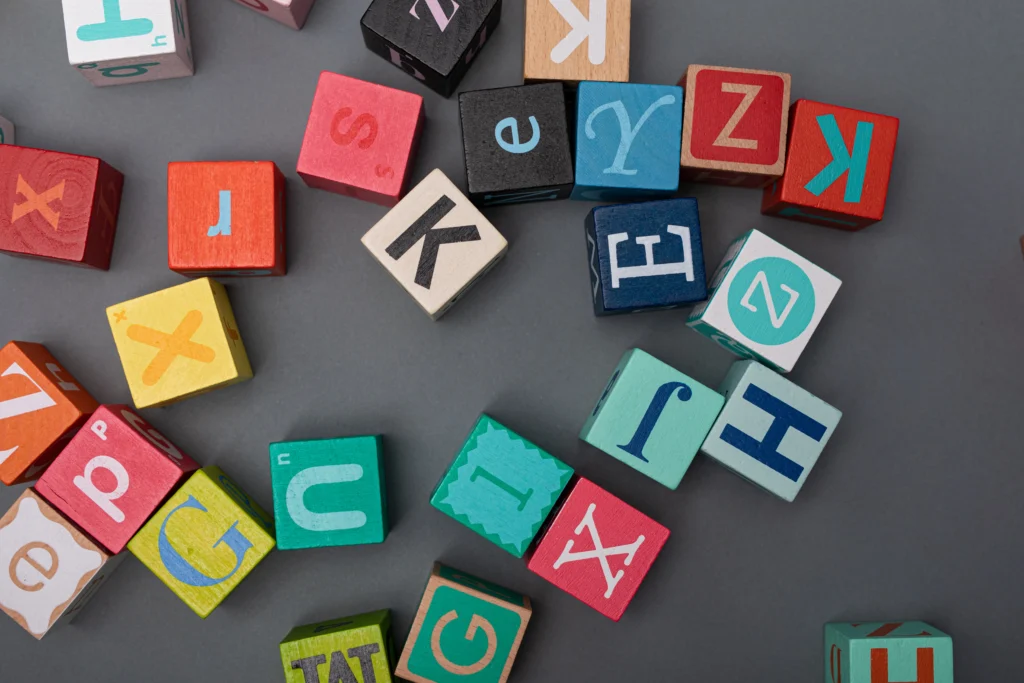
Typography is one of the most essential elements of design, influencing not just how we read but also how we perceive messages. In 2025, the world of font design continues to evolve, embracing both classic styles and innovative trends. The fonts we use today reflect cultural shifts, technological advancements, and aesthetic preferences that push the boundaries of creativity. Whether you’re a designer, marketer, or just a typography enthusiast, understanding the latest font trends can provide you with valuable insights into creating engaging and effective designs.
In recent years, sans-serif fonts have dominated the design scene, but in 2025, we’re seeing a significant comeback of serif fonts. These fonts are making a statement in both print and digital design, offering a sense of elegance and tradition while maintaining readability. With more brands opting for timeless designs, serif fonts are being used for logos, headlines, and body text alike.
As minimalism continues to trend in many design aspects, there’s a growing interest in bold, experimental fonts that challenge traditional typographic norms. These fonts feature exaggerated features such as sharp angles, uneven letter spacing, and creative distortions. They offer a fresh and edgy look that resonates with younger audiences and brands wanting to stand out in a crowded market.
In a world saturated with digital content, the trend of using custom and handwritten fonts in design has taken off. These fonts provide a personal touch, helping brands connect with their audience on an emotional level. Custom fonts allow brands to stand out and convey a unique personality, while handwritten fonts evoke warmth and authenticity.
Minimalism has been a dominant trend for several years, and it’s not going anywhere in 2025. Clean, simple fonts that avoid unnecessary decoration and excessive details are still in high demand. The focus remains on clarity and functionality, with many designers opting for sleek sans-serif fonts that offer modern elegance.
Variable fonts have been gaining traction as they offer flexibility and adaptability in design. A single variable font file can include multiple styles, weights, and widths, allowing designers to adjust typography dynamically. This flexibility enables more creative freedom and can lead to more interactive and engaging user experiences.
Retro design is making a major comeback in 2025, with fonts inspired by past decades, particularly the ’70s and ’80s. These fonts evoke nostalgia and offer a playful, whimsical touch. The appeal lies in their ability to transport viewers back in time while maintaining a fresh, modern twist.
With advances in technology and software, 3D typography is gaining momentum as a trend in 2025. Designers are exploring new ways to add depth, texture, and dimension to their fonts, creating dynamic and eye-catching designs. 3D fonts are especially popular in advertising, branding, and entertainment, where visual impact is paramount.
Typography in 2025 is all about innovation, versatility, and emotional resonance. From the resurgence of serif fonts to the experimental nature of 3D typography, there’s a font trend for every type of design project. Whether you prefer classic, minimalist styles or bold, avant-garde fonts, the key is to select typography that aligns with your brand’s message and appeals to your audience. By understanding the latest trends and incorporating them into your designs, you can stay ahead of the curve and create visually stunning and effective designs that resonate in today’s competitive marketplace.
Typography trends are always evolving, but in 2025, the focus is on striking the perfect balance between nostalgia, innovation, and functionality. As design continues to blend the old and the new, these trends will shape the way we communicate visually for years to come.